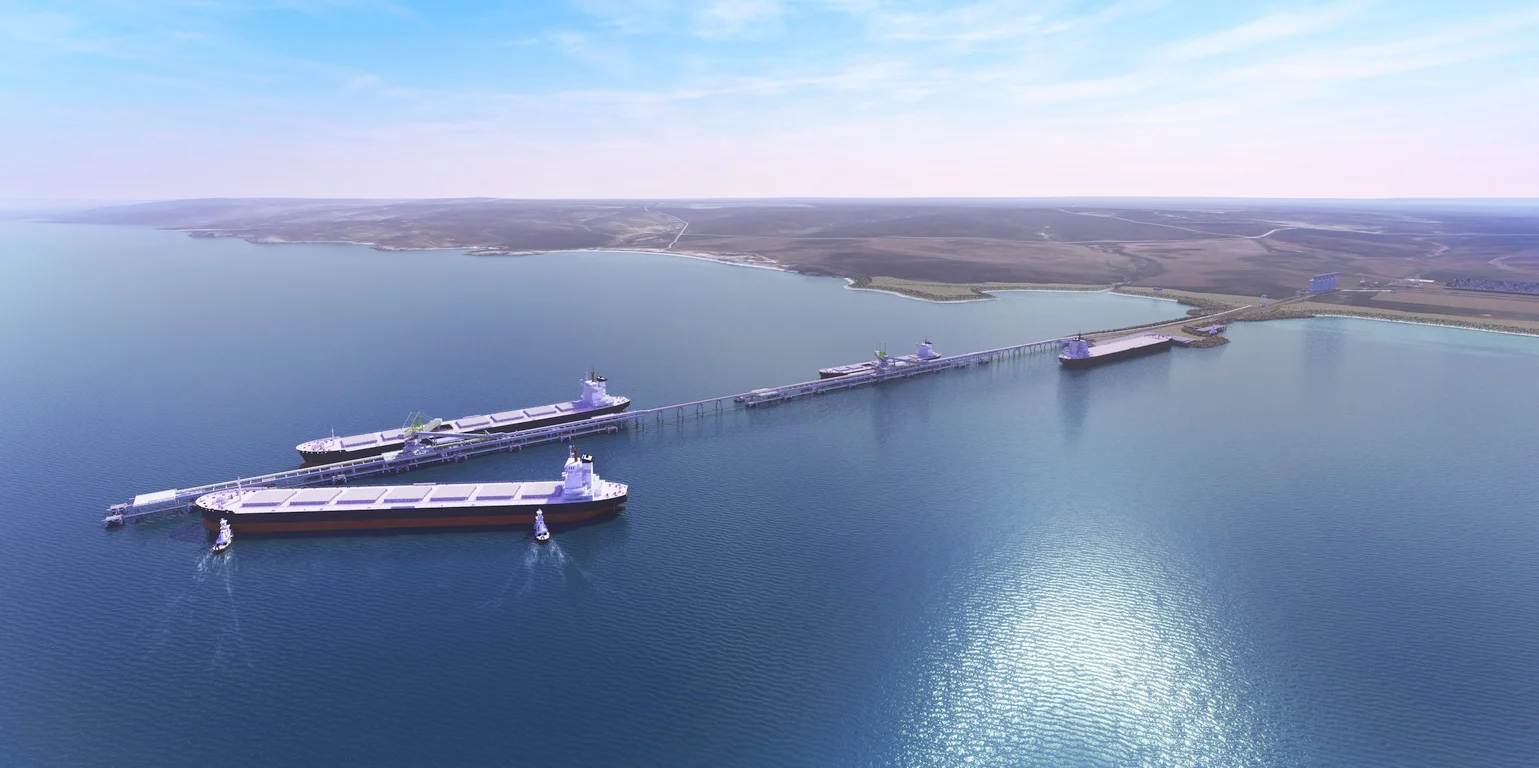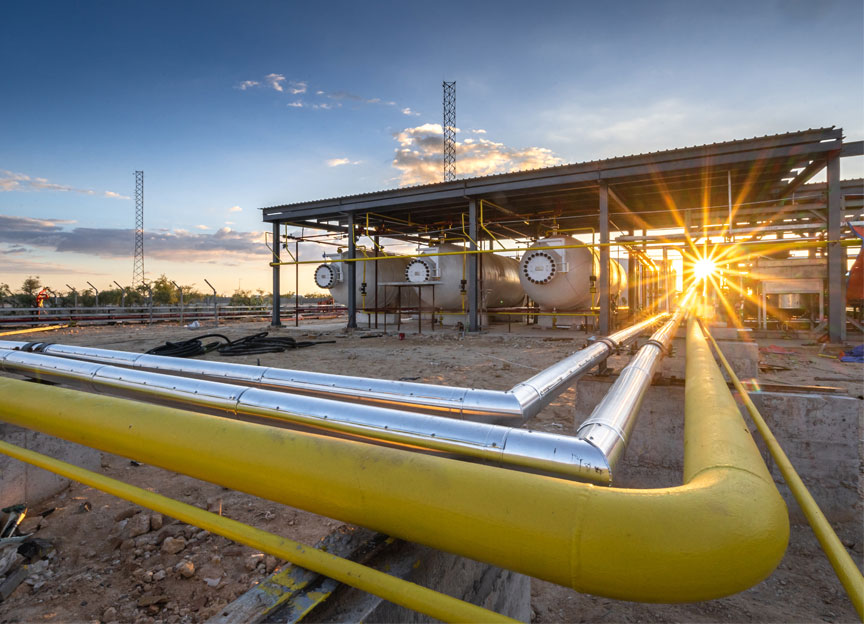Amp Energy: renewable ammonia in South Australia
Amp Energy will develop 5 GW of electrolyser capacity in Cape Hardy, South Australia. At full scale the project will produce 5 million tonnes of renewable ammonia per year for export. The precinct has ready access to renewable power, deepwater port infrastructure and undeveloped land.









